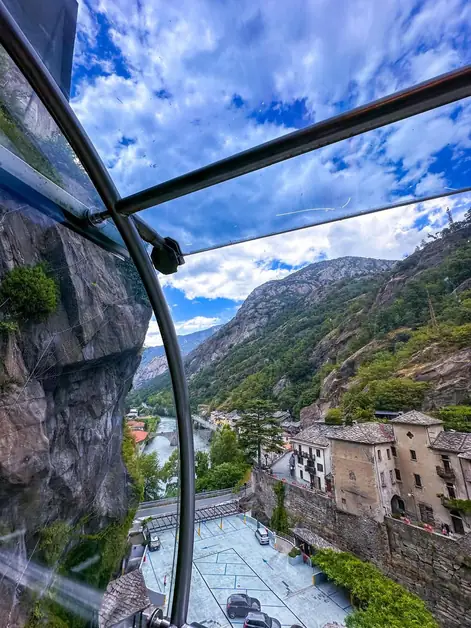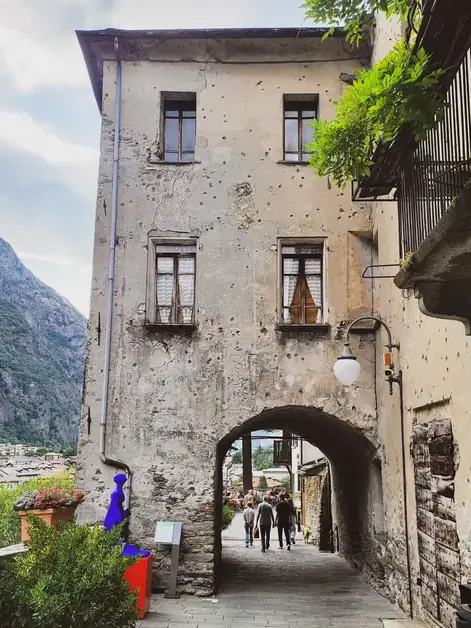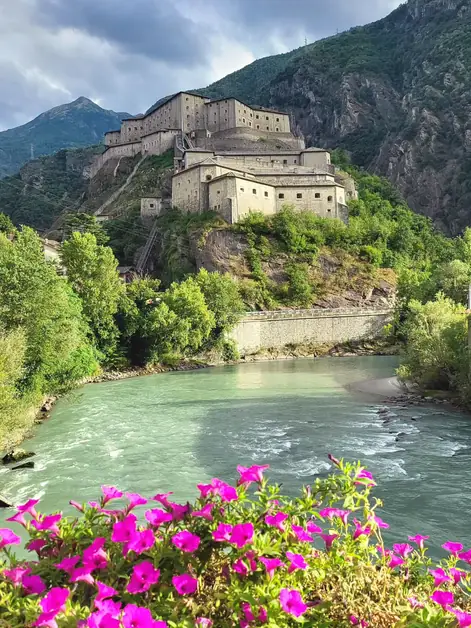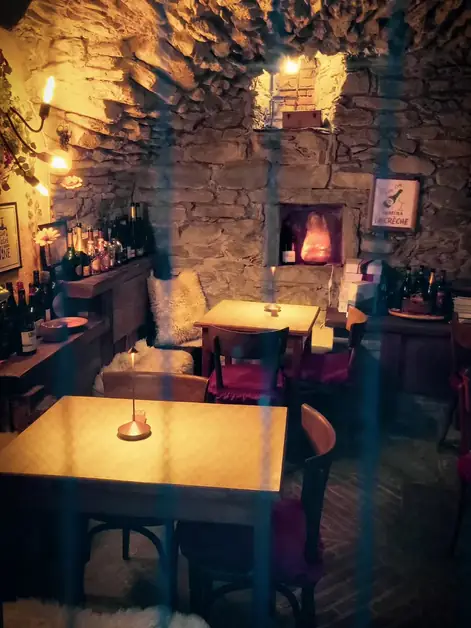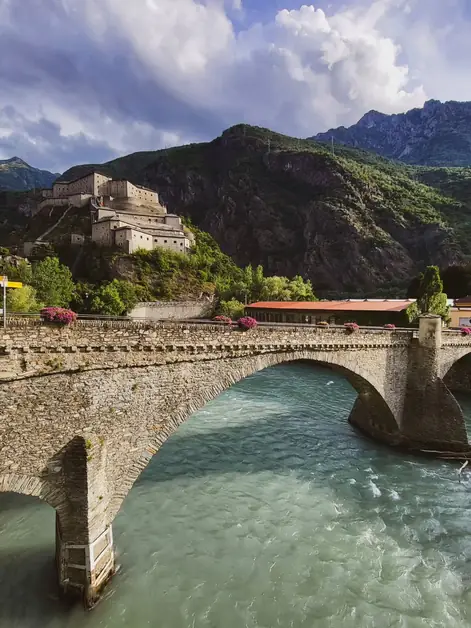Explore the hidden treasures of Aosta Valley
Discover the hidden and fascinating places of Aosta Valley
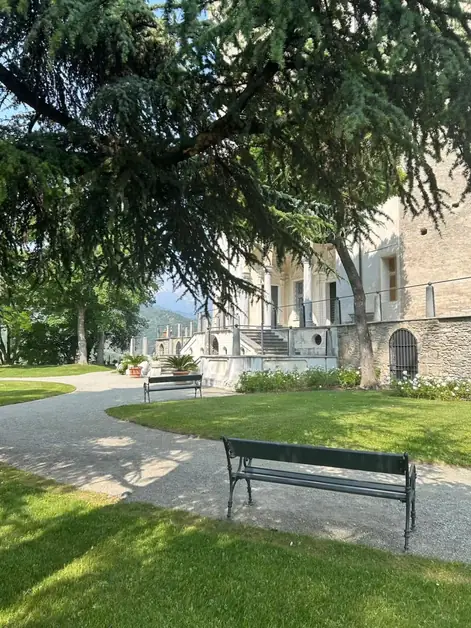
What is your idea of traveling in Aosta Valley?
When I travel in Aosta Valley, I like to alternate mountain trails with the discovery of less obvious places, often found just a few steps from towns or along roads that seem to be merely transit routes. In this itinerary, I visited very different stops: a castle surrounded by vineyards, a now-silent mine, two religious spaces that preserve the breath of antiquity and Christian origins, and some fortifications built to defend the valley.
What was your first stop on the journey?
The first stop was in Aymavilles. The castle appears among the vines, with its towers making it immediately recognizable. I decided to stop and enter. Inside, the stratifications of the ages are perceptible: some rooms recall the Middle Ages, while others show Baroque influences.
What did you feel while visiting the castle?
Walking through the halls, I felt like I was jumping between different centuries. From the windows, the view opens onto the valley, and one immediately realizes how strategic the location was. The visit wasn’t long, but it left me with the sensation of a place that has been lived in and transformed over time.
Where did the journey take you after the castle?
After the castle, I headed towards Ollomont. Here, the environment changes radically: from the vineyards to the fresh mountain air and, a little higher up, to the mines. Entering the tunnels was a unique experience. The light from the lamps is the only guide in the corridors carved into the rock, and the sounds seem muffled.
What thoughts did the mine visit evoke in you?
I imagined the miners at work, with their repetitive gestures, daily toil, and the sound of pickaxes. Some marks on the arches and walls recall this past. It felt like descending into another world, far from what is seen outdoors.
What did you discover at the Basilica of San Lorenzo?
Returning to Aosta, I made a stop at the paleochristian basilica of San Lorenzo. The entrance leads directly to an archaeological area that tells of a city much older than the one known today.
What was your impression of the basilica?
Walking among the apses and the remains of the naves, one perceives the connection with the early centuries of Christianity. I tried to imagine the life of the communities that gathered here when Aosta was a transit center between different worlds. It is not an imposing place, but it invites one to stop and observe the details.
What impressed you about the crypt of Sant'Orso?
Not far away is the complex of Sant'Orso. The part that struck me the most was the crypt. You descend a few steps, and immediately the atmosphere changes: the low columns, the dim light, and the shadows on the stones create a natural sense of gathering.
How did you experience the moment in the crypt?
I didn’t find crowds of visitors, which made the moment even more intense. The impression was that of a guarded space where time seems to slow down. It is one of those places remembered for the silence it conveys.
What was the last stop of your itinerary?
The last stop was at the fortifications of Plan Puitz. Here, the landscape opens up again, with the mountain dominating the view. Walking among the remains of the military structures, I thought of those who built and used them.
What did you imagine while visiting the fortifications?
Some walkways overlook the valley, and the wind accompanies the visit, almost emphasizing the solitude of the place. The stones recall a defensive function, but today it mainly remains the opportunity to imagine the life of those who guarded this border.
What is the summary of this day in Aosta Valley?
This day allowed me to touch on very different aspects of the valley: from the elegant halls of a castle to the corridors carved into the rock, from paleochristian remains to the underground crypt, to military fortifications.
What did you learn from this journey?
Each stop had its own rhythm and atmosphere. It was a way to get to know Aosta Valley from different perspectives, without straying too far from the towns but entering each time into worlds with precise identities.
